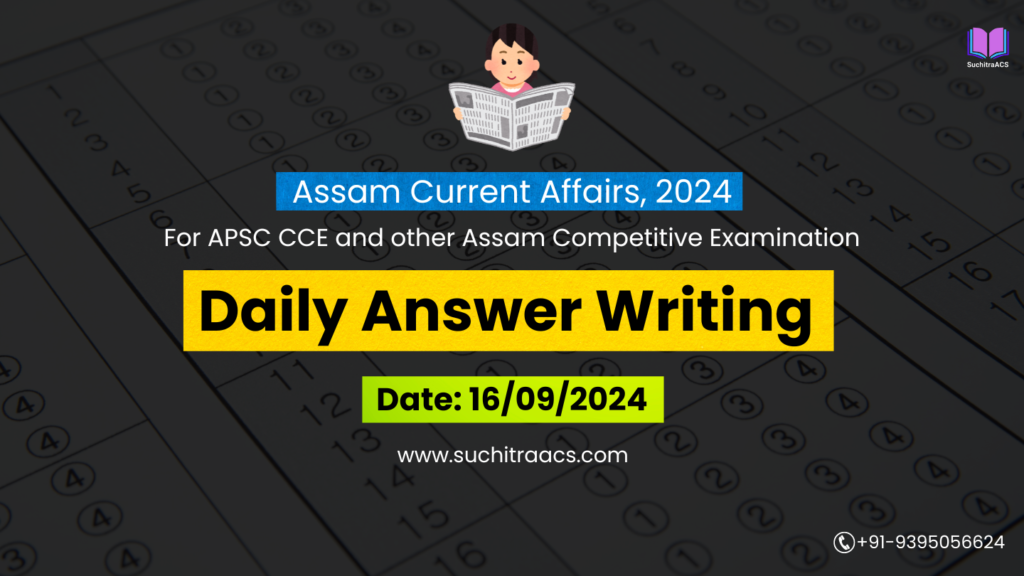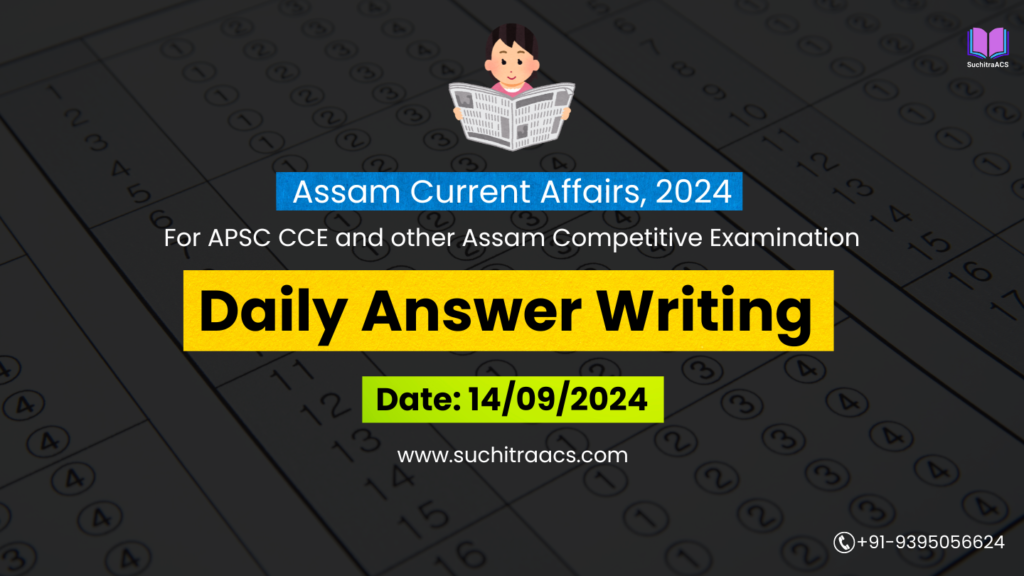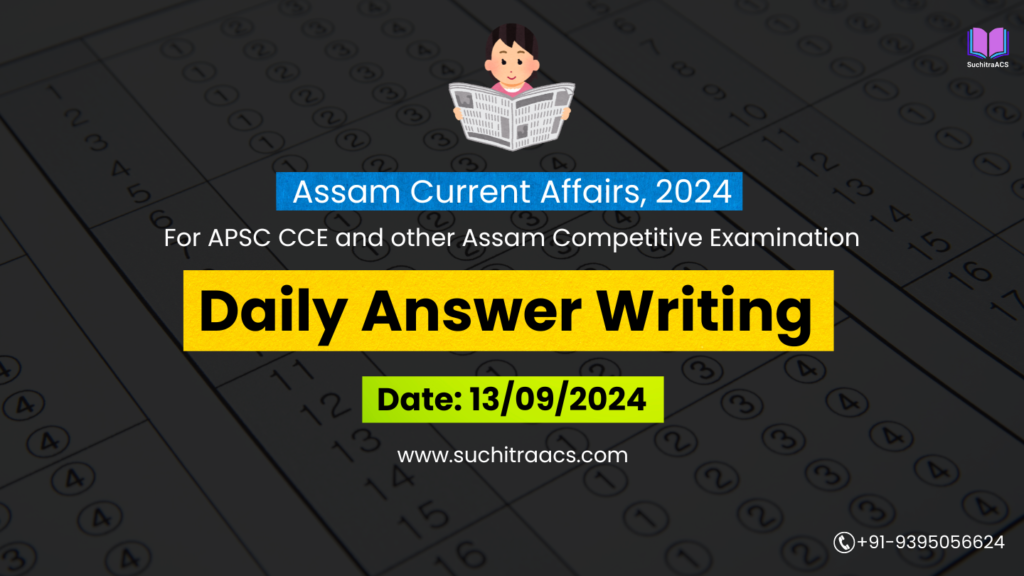APSC Answer Writing (Daily) based on Assam Tribune – 21/07/2025
For APSC CCE and other Assam Competitive examinations aspirants, practicing Daily Answer Writing is vital. This blog covers the most important Main question and its model Answer from the Assam Tribune today (21-07-2025).
❓ Question:
With growing integration of Artificial Intelligence (AI) in India’s criminal justice system, regulatory oversight becomes crucial.
Critically examine the opportunities and risks associated with AI-based tools in law enforcement and judicial processes. What should be the key components of a responsible AI framework in India?
(Word Limit: 250)
✅ Model Answer:
🔸 Introduction
Artificial Intelligence (AI) is increasingly being used in facial recognition, predictive policing, forensic analysis, and judicial assistance in India. While this promises efficiency and speed, the Supreme Court’s recent directive to the Centre to frame guidelines highlights the growing concern over the ethical, legal, and constitutional implications of AI in the criminal justice system.
🔹 Opportunities of AI in Criminal Justice
| Area | Application |
| Law Enforcement | Real-time CCTV analytics, crime pattern prediction |
| Digital Forensics | Faster analysis of digital evidence and cybercrime tracking |
| Judicial Assistance | AI tools helping judges with precedent search and case summaries |
| Resource Allocation | AI aids in identifying high-risk zones, aiding smarter deployment of forces |
🔹 Risks and Challenges
| Risk | Impact |
| Algorithmic Bias | Disproportionate targeting of minorities based on flawed datasets |
| Privacy Erosion | Mass surveillance violating Article 21 (Right to Privacy) |
| Opaque Systems | Lack of transparency in AI decision-making challenges natural justice |
| Lack of Accountability | No liability if an AI error leads to wrongful conviction/arrest |
| Digital Divide | May exclude those with limited digital literacy or access |
🔹 Key Components of a Responsible AI Framework
- Legal Safeguards: Enact an AI-specific law ensuring transparency, auditability, and redressal mechanisms
- Human-in-the-Loop: Retain final decision authority with trained officials or judges
- Bias Audits: Mandatory testing of AI tools for data and output bias
- Judicial Oversight: Ensure AI tools comply with constitutional morality and due process
- Capacity Building: Train law enforcement and judiciary in ethical AI use
🔸 Conclusion
AI has the potential to make India’s criminal justice system faster, smarter, and more equitable, but without regulation, it can entrench inequality and erode rights. The SC’s intervention offers an opportunity to develop a balanced, human-centric framework where AI serves justice without replacing it.
✨ Looking for top-quality APSC Mains Guidance with Personalised Mentor?

🔔 Join Our WhatsApp Study Group!
For exclusive access to premium quality content, including study materials, current affairs, MCQs, and model answers for APSC CCE and other Assam competitive exams.
Click here to join: SuchitraACS Study WhatsApp Group
📚 Want to know more about SuchitraACS’s most affordable courses?
Click here to know more: SuchitraACS Courses for APSC CCE and Assam Competitive Examinations




